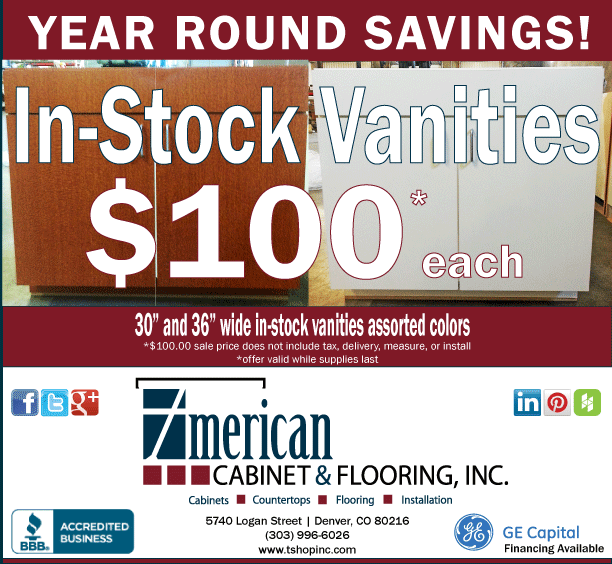Adjusting mind-sets along with furniture may be the key to happiness for tiny-home dwellers.
Tiny homes pose a dilemma: How can you make a pocket-size space comfortable and stylish? The issue has special relevance in San Francisco right now, as the Board of Supervisors gears up for a November 2012 vote on a proposal to allow the construction of microunits as small as 220 square feet.
Small-space living can be an economical choice, but it's also a lifestyle choice, says Felice Cohen, who has lived in a 90-square-foot apartment in Manhattan for almost five years. "If you adjust your thinking on what is 'enough', you'll find that you'll enjoy having the city as your backyard," she says.
Here, professionals share strategies on how you can live a full life in the tiniest of space.
 Photo: JPDA | Michael Pozner's East Village Studio | New York
Photo: JPDA | Michael Pozner's East Village Studio | New York
Look for Opportunities to Customize
JPDA Creative Director Darrick Borowski applauds density and supports living on a smaller footprint. "I don't think the microunits necessarily have to equate to a reduction of living standards," he says. "It can certainly lead to that, but it doesn't have to. Although the skeptic in me is concerned how these units will benefit landowners and people with money, another part of me looks at this as an opportunity to create small homes that are bespoke and reflect the way people are living in cities like San Francisco."
 Photo: JPDA | Michael Pozner's Studio
Photo: JPDA | Michael Pozner's Studio
Borowski points to Michael Pozner's studio, at almost 500 square feet, is a great example of a space with hardworking multiuse and disappearing furnishings. "His desk space determined so much of the design around it and really reflected the client's needs," he says. "He worked there, had meetings there, but its professional function could also disappear, and the space could turn into an entertainment center, a bar for food and drinks."
These graphics (below) illustrate how Borowski might custom design a 220-square-foot microunit for a client. "We distill our client's basic functions - the eat, sleep, cook, entertaining graph - into a clear priority set and turn the priorities into space requirements - the second/middle graph," he says. "The third graph investigates the overlaps and inevitably informs the design."
Borowski thinks that what's not shown on the plan is equally important: public or communal space. "The microunits should include a public or communal space allotment," he says. "For example, they could be in buildings with an interior courtyard or a garden. [The city of San Francisco] can make this work and enable people to really wrap their heads around living in 220 square feet by building units within a three-to five-minute walk to a park.
 Photo: JPDA
Photo: JPDA
Felice Cohen, who has since moved from her 90-square-foot unit into a 500-square-foot apartment just two blocks away from her old home, thinks that microunits and tiny homes in general enable people like herself to achieve their goals.
"Microunit living can actually contribute to a better quality of life if your qualifty of life isn't rooted in what's inside your apartment, and if you know that you won't be in the same space forever. The city was and still is my backyard: I go to shows and meet friends at restaurants instead of staying at home watching TV on the couch," she says.
Cohen is quick to point out that there isn't anything wrong with staying home and watching TV, but that microunit living forced her to "find a reason to get up and go," she says.
Build Up
Architect, writer and Houzz contributor John Hill has a few years of tiny-space living experience. "I lived in a 200-square-foot efficiency, which means that it didn't have a separate kitchen; it was located on one wall of the main space. My friends use to say that I could cook breakfast without getting out of bed - which was almost true," he says.
 Hill suggests putting storage up high and keeping closets and other service parts away from the windows of the apartment, to make the space as open as possible. "For 220 square feet, I think a loft bed would work better than something like a sleeper sofa, so the space underneath [the loft] can be used for a desk/study or a TV or a dressing area," he says.
Hill suggests putting storage up high and keeping closets and other service parts away from the windows of the apartment, to make the space as open as possible. "For 220 square feet, I think a loft bed would work better than something like a sleeper sofa, so the space underneath [the loft] can be used for a desk/study or a TV or a dressing area," he says.
Hill, who drew the plans for a 220-square-foot space shown here, says that a rolling ladder is essential for the scenario to work. He added a planter box to the window in the kitchen for growing herbs and other plants, lending the space some indoor greenery and giving the microunit dwellers access to some homegrown food without depending on the availability of a garden rooftop.
Interior designer Leslie Banker designed a tiny bedroom for a client in which the desktop was on a hinge, just like on a ship. "When the client worked, she pulled the desk up, and when the desk wasn't it use, she folded it down. She has a small stool to sit on when she uses the desktop, so it tucks away easily," Banker says.
She adds that high ceilings and at least two windows would let in plenty of natural light and give access to a view - preferably an attractive one. "The windows and the view help bring your attention beyond the interior space, which can improve your comfort when living in a tiny, tiny space," she says.
Think Differently
Not everyone is built for microunit living. Cohen says that living in a tiny space requires a kind of discipline and self-awareness that living in a larger home may not foster. "You have to know your priorities, and you must downsize significantly before making the move," she says. "But living in a 90-square-foot apartment let me live comfortably, travel, write a book and eventually buy my own apartment in Manhattan - which is something that is really difficult to do nowadays."
Cohen says that she began and finished packing up her tiny unit on the same day of her big move - just two blocks away from her tiny home. "I remember looking at my upsized 500-square-foot apartment and thinking, 'Wow, there are all these closets and I don't have that much stuff.' The place felt humongous," she says.

 Tuesday, November 20, 2012 at 3:00PM
Tuesday, November 20, 2012 at 3:00PM 




























